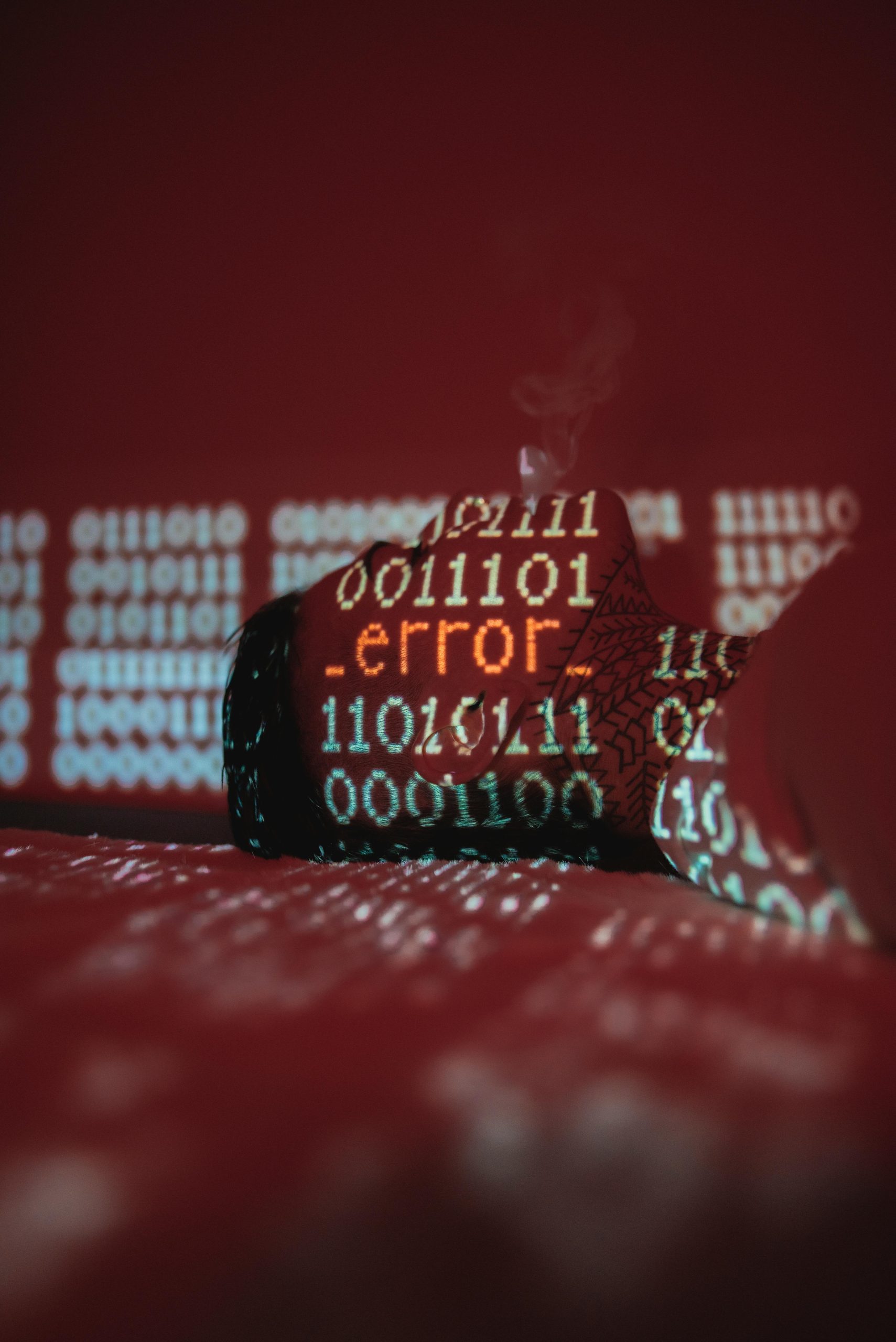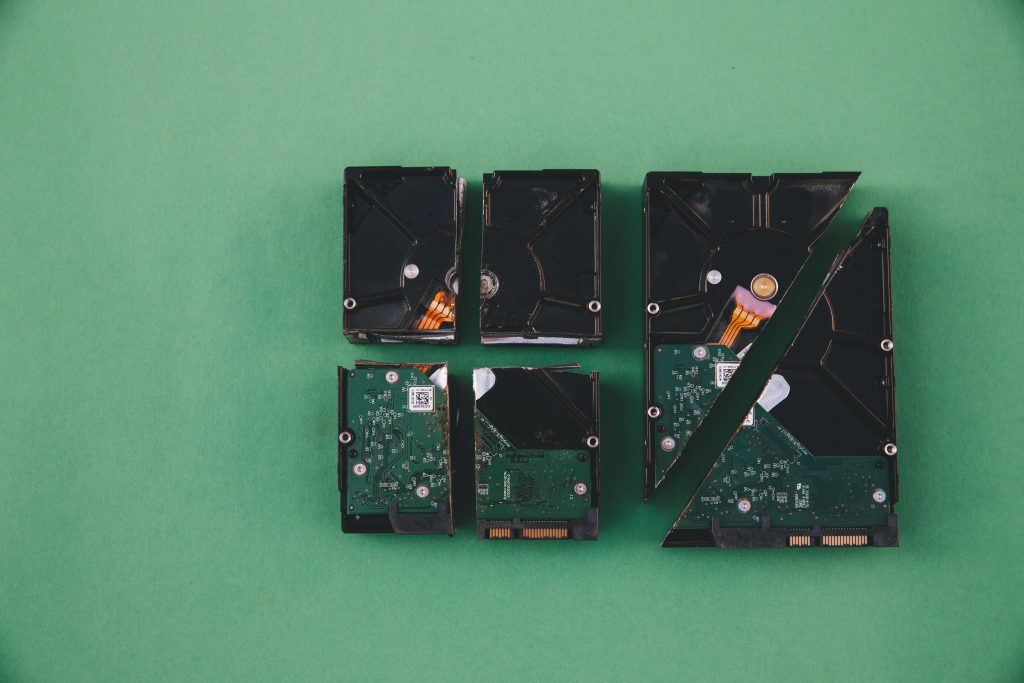Guidance for Recovering Data from a Faulty Dell PowerEdge R640 with Storage Array Issues
Facing storage array failures can be daunting, especially when critical data is at stake. Recently, a client reported a concerning indicator: a single drive light indicating either a failure or a predictive failure within their Dell PowerEdge R640 server. This scenario prompted immediate investigation and outlined the challenges involved in diagnosing and recovering data from complex RAID configurations.
Initial Symptoms and Observations
The server, equipped with a Dell OEM R640 and running Windows Server 2016, exhibited sluggishness and system freezes. Upon remote access, system responsiveness deteriorated to the point where a reboot was initiated. Post-reboot, the server failed to load the operating system and displayed six amber lights on the front panel, signaling underlying hardware issues—likely related to storage components.
Diagnosing the Issue
The RAID controller used was a Dell PERC H730P, managing a total of 32 drives configured in an unspecified RAID setup. Given the amber indicators, the initial suspicion pointed toward controller failure or disk malfunctions. Additionally, attempts at OS repair revealed that the system could not reliably identify which disk contained the OS, complicating recovery efforts.
Troubleshooting and Steps Taken
- Assessment of Hardware Status:
- Confirmed the presence of amber warning lights, indicating potential drive failures or controller issues.
-
Noted that the server’s system management tools did not clearly specify the faulty component.
-
Remote Troubleshooting:
- Checked system logs and RAID management interfaces.
-
Attempted to access RAID configuration and SMART data to identify failing disks.
-
Hardware Manipulation Attempts:
- Explored replacing or reseating drives, but given the number of drives and the RAID complexity, physical troubleshooting was risky without a clear plan.
- Tried OS repair procedures, which failed to recognize the disk housing the operating system, pointing to possible RAID array corruption.
Challenges in Recovery
- The RAID configuration is not precisely known, complicating manual rebuilds.
- The server’s current state suggests a controller fault, possibly a fried RAID card or a firmware issue.
- The environment is not set up for external support, necessitating in-house recovery strategies.
Recommended Strategies for Data Recovery
While time is critical, and external support may not be immediately available, here are some prioritized steps to attempt data recovery:
- **Create a Full System Backup (If Possible):
Share this content:



